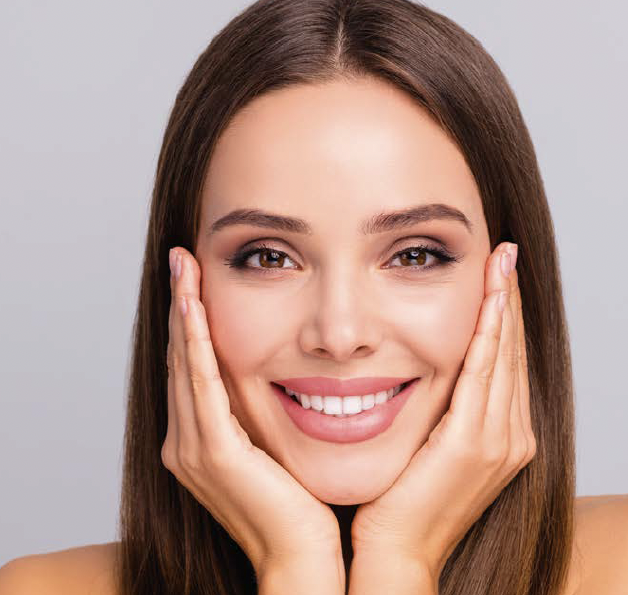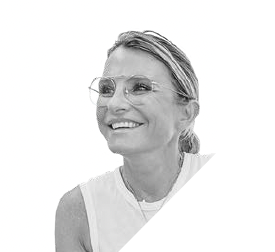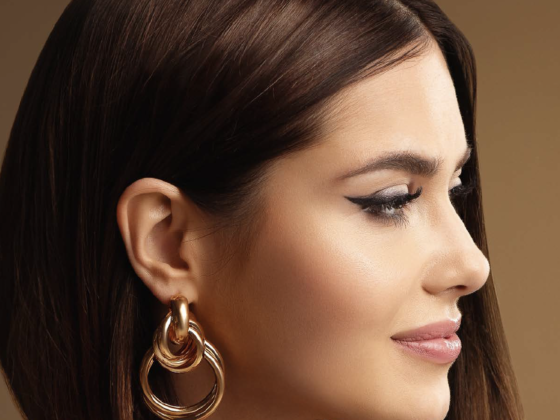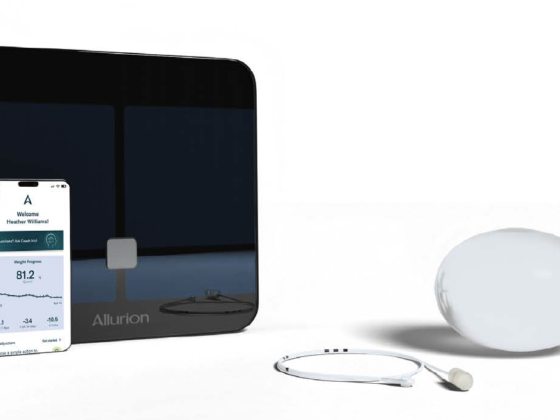Dr Nathalie Grandin
In 2021, post-COVID, the Arcane study revealed that French female patients had an annual anti-aging budget of €650 and typically attended 3 sessions on average. As practitioners, this compels us to revise our treatment plans to ensure full patient satisfaction.
 What types of requests do patients typically bring to your practice?
What types of requests do patients typically bring to your practice?
The most common request revolves around improving skin quality, regardless of age: “Having beautiful skin contributes to a positive self-image.” This encompasses achieving an even skin tone, treating enlarged pores, and more. Utilising various techniques (such as injections) or technologies (like lasers and RF), I can address issues such as sun damage, redness, rosacea, and enlarged pores in three sessions spaced a month apart.
How do you determine the appropriate equipment for a given indication?
The initial consultation is crucial: it allows me to assess the patient’s personality and tolerance towards treatments, and then establish a personalised treatment plan where I utilise a range of techniques at my disposal, including subtle forehead injections, lasers, and injectables (such as HA fillers or collagen-inducers). Combined treatments offer an optimal and reassuring approach for the patient. For example, for sun-damaged skin, I may start with a session of LaseMD Ultra + Vitamin C, combined with PicoPlus laser from Lutronic for more resistant spots. The treatment is adjusted based on initial results for subsequent sessions.
Are there indications that require multiple techniques or sessions?
Certain indications, like melasma, are complex and demand an expert and combined approach that only a comprehensive technical platform can provide. For instance, I use LaseMD Ultra + Tranexamic Acid for epidermal melasma. If I don’t notice improvement after two sessions, I infer that the melasma is deeper, and I redirect the treatment to PicoPlus with lower fluences to address dermal melasma. For inflammatory and scarring acne, I employ a combination of lasers such as Derma V or LaseMD Ultra + Vitamin A, and RF microneedling Genius for optimal results that restore patient confidence.
Do you have a standard protocol before treating a challenging indication?
Yes, it’s crucial to prepare the skin before addressing complex indications. After prescribing a tailored skincare routine during the initial consultation, I recommend a Hydrafacial-type deep cleansing, followed by initiating the treatment protocol. I often explain to my patients that treatment recurrence and repetition lead to optimise results.
Integrating various lasers and technologies into a centre becomes crucial. Diversity enables cross-treatments, and numerous studies highlight the compatibility of treatments, optimising the management of aesthetic indications. This reinforces patient loyalty and recruitment through word of mouth.
 Dr Nathalie Grandin: Dr. Nathalie Grandin is a graduate in Morphological Medicine & Anti-Aging and in Facial and Neck Anatomy. She is an expert and trainer in injections and lasers, practising compassionate aesthetic medicine since 2010, tailored to the individual needs of each patient and in strict accordance with proportions.
Dr Nathalie Grandin: Dr. Nathalie Grandin is a graduate in Morphological Medicine & Anti-Aging and in Facial and Neck Anatomy. She is an expert and trainer in injections and lasers, practising compassionate aesthetic medicine since 2010, tailored to the individual needs of each patient and in strict accordance with proportions.















